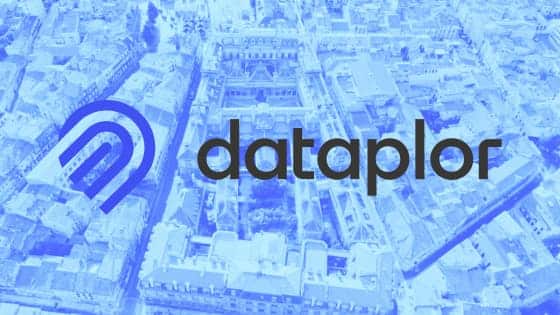The current AI boom paints the technology as miraculous and universally applicable: It will change everything in every business on earth including the creator economy. That hype cycle will follow a common pattern of over-investment excitement, then correction, then a long period of sober growth and meaningful transformation.
This cycle will likely have greater outcomes, and less of a trough/correction than some past hype cycles (we’re looking at you metaverse), because AI is real and broadly applicable. The question is what industries and functions it transforms most? That will be a big list but is not fully clear yet.
Meanwhile, there are some clear winners and losers in terms of AI’s applicability. And in the winner column is graphic design. Generative AI elevates and democratizes the field, given the ability to create customized graphics on the fly. This joins democratization already underway from the likes of Canva.
Speaking of Canva, its moves in the coming months could make or break its market share, when measured against incumbents like Adobe and its ubiquitous Creative Cloud. Adobe is leaning hard into generative AI across its suite. And Canva is naturally doing the same. So what is each company up to?
Adobe Creator Focus
Adobe’s moves in AI over the past year have been extensive, some of which are covered in this publication. Much of that energy has been channeled towards Firefly, which is a standalone generative AI app, with functionality that’s also infused across Creative Cloud apps like Photoshop and Premiere.
But focusing just on the past week for the sake of this article, the company announced at its annual Summit in Las Vegas the launch of GenStudio to power the creator economy. This is a utility for brands to utilize Adobe’s generative AI capabilities in their marketing. The goal is to further democratize graphic design for in-house marketers.
GenStudio is purpose-built for such end-users by emphasizing functions that are important to brands. For example, brand safety is a big issue in generative AI, given hallucinations. Brands don’t want unintended consequences and PR nightmares from strange imagery showing up in their social feeds.
Otherwise, GenStudio is all about helping brand marketers create, manage, and measure visual assets for their media mix. We’re talking social media posts, email campaigns, display ads, and websites. These functions already exist in Creative Cloud, but GenStudio brings it all together in one place for brands.
It’s also worth noting that Adobe also announced Firefly Services this week. Geared towards developers, this includes a set of 20+ APIs so that they can incorporate Firefly GenAI capabilities into their own workflows. This will be a big area of opportunity within the creator economy, beyond GenAI functionality within Creative Cloud.
Canva and the AI Creator
Moving on to Canva’s latest moves, it likewise had a big week. Not to be outdone, it announced that it will acquire Affinity for $380 million. Affinity similarly provides graphic design and creative tools, but closer to the advanced end of the scale. Its products compete more directly with pro tools like Photoshop.
So as a beginner-level creator(again, the democratization angle), Canva broadens its addressable market with more advanced tools. It’s unclear how it will integrate these – as a separate set of offerings or integrated directly with the current Canva feature set – but it nonetheless deepens Canva’s bench.
Moreover, and back to the main theme, this advances Canva’s ongoing arsenal of AI capabilities. Formerly Serif, the U.K.-based Affinity has been integrating AI capabilities in alignment with Canva’s own evolution in that department. This includes generative AI infusions with its core creative workflows.
As for some of the numbers that stand behind this move, Canva will gain 3 million global users from the acquisition (assuming those users stay subscribed). It will also gain 90 employees, which is a small share of the 3,500 people that Canva already employs. And as for a timeline… the deal has already closed.
This also brings up an ongoing theme in the world of M&A: the buy versus build decision. The former is most often seen when time is a factor. In the AI arms race, and the general battle with a larger incumbent, accelerating capabilities is the key to market-share gains. And that’s all about speed.
Header image credit: Emily Bernal on Unsplash




